Working on a theme named Human Nature, the first thing come to my mind is our childhood. Confucius said man’s nature at birth is good. Although there’s another extremely opposite theme, I believe us human were born naturally good. So for me, when it comes to Human Nature, I know infants are the most simple and pure human stage. That’s the reason I choose to narrow down my concept to infants’ development.
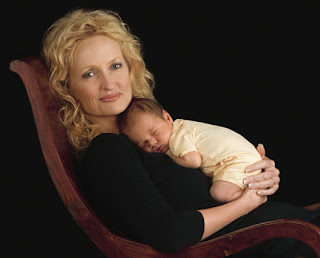 Anne Geddes is one of the photographers I admire. She’s an Australian-born photographer now living in New Zealand. She is known for her stylized depictions of babies and motherhood. In most of her work, babies are dressed as fictitious characters such as fairies and fairytale creatures, flowers, or animals like bunnies. Her subjects are extremely idealized; babies in her photographs are almost always sleeping or staring into space, as if still in utero. She has described herself as “a baby freak”. I think her works are fabulous because they captured the most nature emotions and expressions of babies.
Anne Geddes is one of the photographers I admire. She’s an Australian-born photographer now living in New Zealand. She is known for her stylized depictions of babies and motherhood. In most of her work, babies are dressed as fictitious characters such as fairies and fairytale creatures, flowers, or animals like bunnies. Her subjects are extremely idealized; babies in her photographs are almost always sleeping or staring into space, as if still in utero. She has described herself as “a baby freak”. I think her works are fabulous because they captured the most nature emotions and expressions of babies. 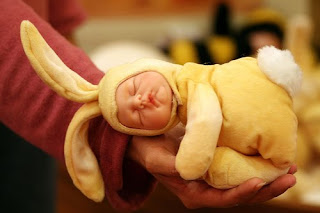

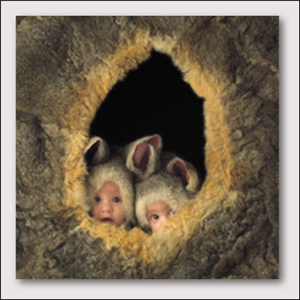
With all respect to those famous baby photographers, I found that there are millions of photos taken with the subject as babies, there’s almost no work has been done as the perspective of babies. After we grow up, we just naturally forget what it likes to be a baby, and we forget how we see the world at our earlier ages. So, eventually I decide to do this photo essay as Infants’ Sight Development. Also in order to contain some conceptual element, I would like to shot photos through baby’s eyes, which means my photos would only show what or how they see the world. I believe it would remind people how we use to see the world in a quite different angle.
My very first idea was to shot a serious of photos that shows how baby see the world different. Which includes they see things in different angle, such as upside down, and also how they have limited sight view because of their sight development.
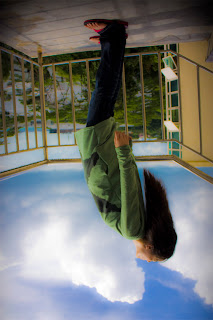 Like this shot, I took it with how would it looks like when it’s turned upside down in mind. I want show how it’s a person standing there facing the sky, but in babies angle of view, they might try to see it upside down so it looks like human can fly just like birds.
Like this shot, I took it with how would it looks like when it’s turned upside down in mind. I want show how it’s a person standing there facing the sky, but in babies angle of view, they might try to see it upside down so it looks like human can fly just like birds.
My very first idea was to shot a serious of photos that shows how baby see the world different. Which includes they see things in different angle, such as upside down, and also how they have limited sight view because of their sight development.
 Like this shot, I took it with how would it looks like when it’s turned upside down in mind. I want show how it’s a person standing there facing the sky, but in babies angle of view, they might try to see it upside down so it looks like human can fly just like birds.
Like this shot, I took it with how would it looks like when it’s turned upside down in mind. I want show how it’s a person standing there facing the sky, but in babies angle of view, they might try to see it upside down so it looks like human can fly just like birds.The original idea was too wide which includes too much information. So the next step I did was to narrow down my concept to the development of baby’s sight. So I give up on the photos contains senses other than sight.
I did more research on baby’s sight development to find out more information that would allow me to pursue their development through photos. After the information searching and collections, I highlight out few steps of babies’ sight development based on a timeline after they were born.
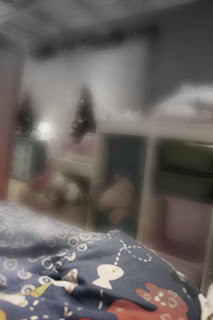
2~ 3 months :
c. Babies can see things in 180 degree after 1 moth. They cannot distinguish the colors well yet, so during the first month they pay attention to high contrasts best which is why balck and white toys will be popular at that time.
d. Their focus has improved, and are able to more smoothly follow or track an moving object with his eyes.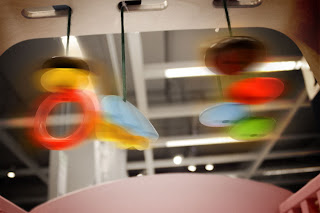 4~ 6 moths:
4~ 6 moths:
I did more research on baby’s sight development to find out more information that would allow me to pursue their development through photos. After the information searching and collections, I highlight out few steps of babies’ sight development based on a timeline after they were born.
1st month:
a. Immediately after birth, and infant’s eyesight is only 1/30 as good as grow-ups’ when they were fresh born. They would only see things in the angle of 45 degrees.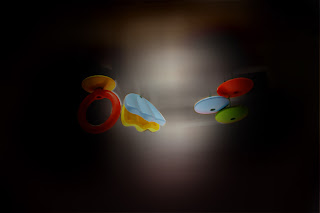
b. At that stage, they can only see from eight to fifteen inches in front of their faces.
a. Immediately after birth, and infant’s eyesight is only 1/30 as good as grow-ups’ when they were fresh born. They would only see things in the angle of 45 degrees.

b. At that stage, they can only see from eight to fifteen inches in front of their faces.

2~ 3 months :
c. Babies can see things in 180 degree after 1 moth. They cannot distinguish the colors well yet, so during the first month they pay attention to high contrasts best which is why balck and white toys will be popular at that time.

d. Their focus has improved, and are able to more smoothly follow or track an moving object with his eyes.
 4~ 6 moths:
4~ 6 moths: